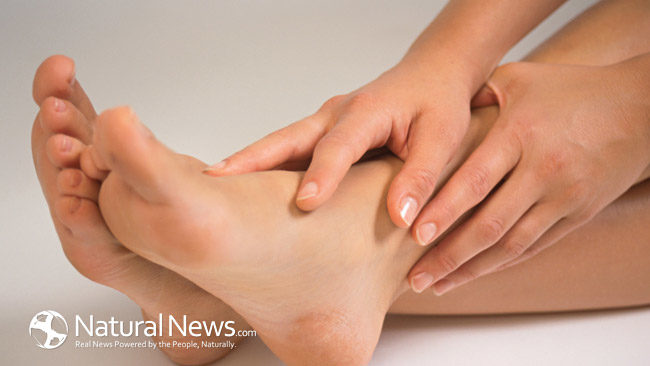Calluses and corns are the result of your body forming protective skin around a sensitive area. They might be unattractive or bothersome, but they serve a purpose.
Calluses form on the outermost layer of the skin and don’t cause any pain. They are found in places where friction occurs such as the hands or feet. This means a lot of rubbing has taken place on that location. A callus found on the foot is called a plantar callus.
Corns are found where there are pressure points. They mainly occur on the bottom of the feet or on the side of the toes. These can be painful. Corns can turn hard because this is a small patch of dead skin. Corns can also be soft, especially those that occur between the toes. Seed corns are the type you can barely see but are painful to pressure or weight bearing. They could be caused plugged sweat ducts.
Often times, calluses and corns are the result of the type of shoe a person is wearing. High heels are the worst, but any poorly fitting shoes and improper walking form can lead to either of these skin mishaps. Due to high heels, women are four times more likely to develop calluses or corns. Wearing shoes without socks can also cause additional friction.
The problem is that our feet our breeding grounds for bacteria because they are mostly enclosed and moist from sweat. Therefore, if a corn or callus bleeds because the skin has broken, possible infection can occur. Corns that discharge clear pus, means that it is infected. This is especially true for diabetics who have poor circulatory problems.
A doctor can examine the area to determine if you have a callus or corn. A callus, when scraped off, will not bleed. On the other hand, you could have a wart and when scraped off it will bleed. Warts are viral and spread, whereas calluses and corns do not. Most calluses and corns can be treated just by changing shoes or trimming them. The key is avoiding the friction or pressure. Mole skin pads can be placed on the area to alleviate pressure. There are moisturizing creams that can help soften the skin and remove calluses. A pumice stone or soft brush can be used to remove calluses as well. A podiatrist can recommend shoe inserts to help prevent friction as well. Wearing protective gloves when using the hands a lot can also help.
Even the skin doesn’t like pressure and friction. Keep your skin soft and smooth and the less rub the better. Don’t sacrifice cute shoes for painful dead skin later. Our hands and feet need a little attention too, especially since they do so much for us.
https://jfootankleres.biomedcentral.com/articles/10.1186/s13047-017-0225-2
https://my.clevelandclinic.org/health/diseases/16896-corns-and-calluses
https://www.mayoclinic.org/diseases-conditions/corns-and-calluses/symptoms-causes/syc-20355946
https://www.diabetes.org/diabetes/complications/foot-complications








